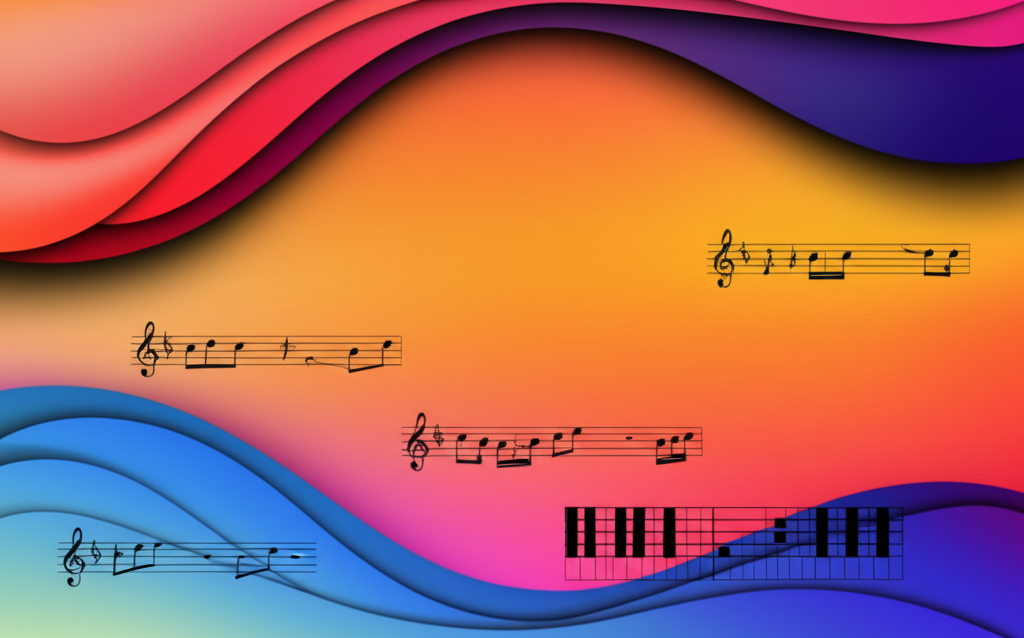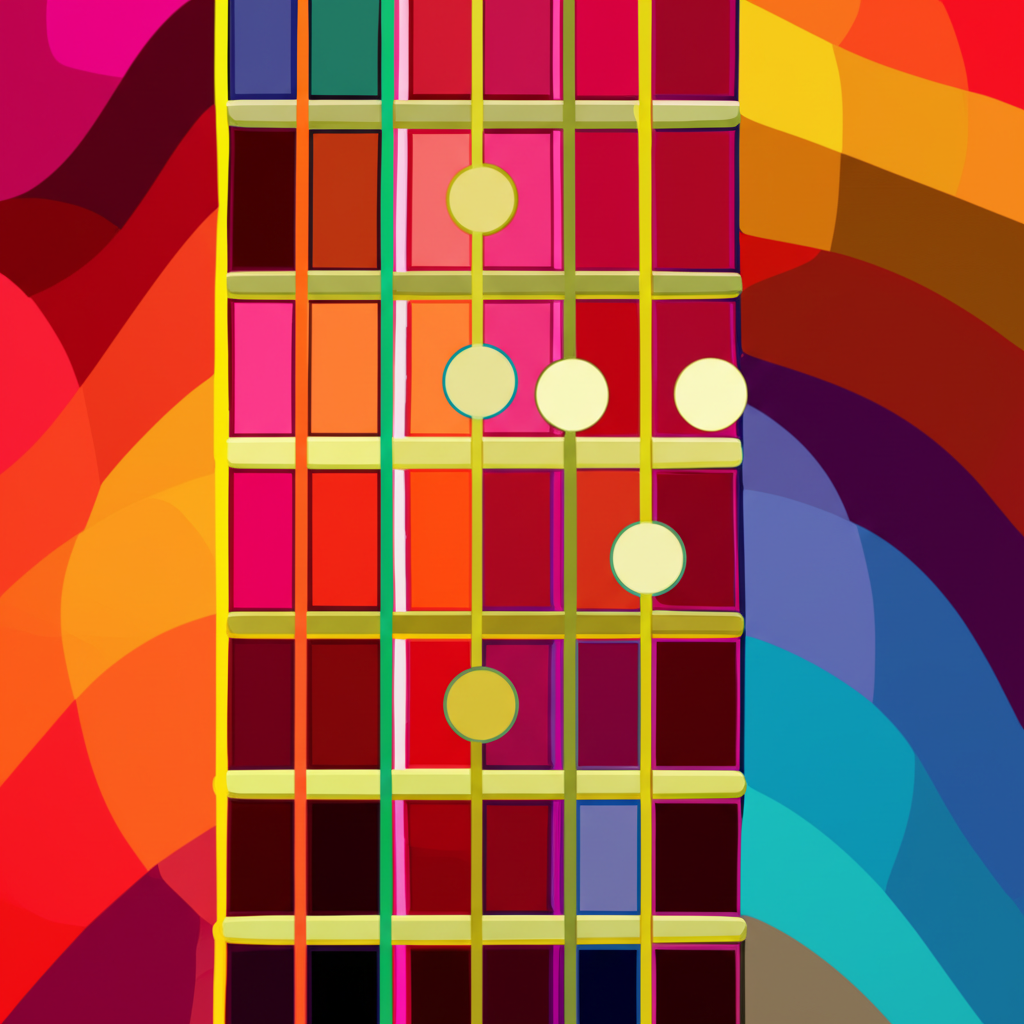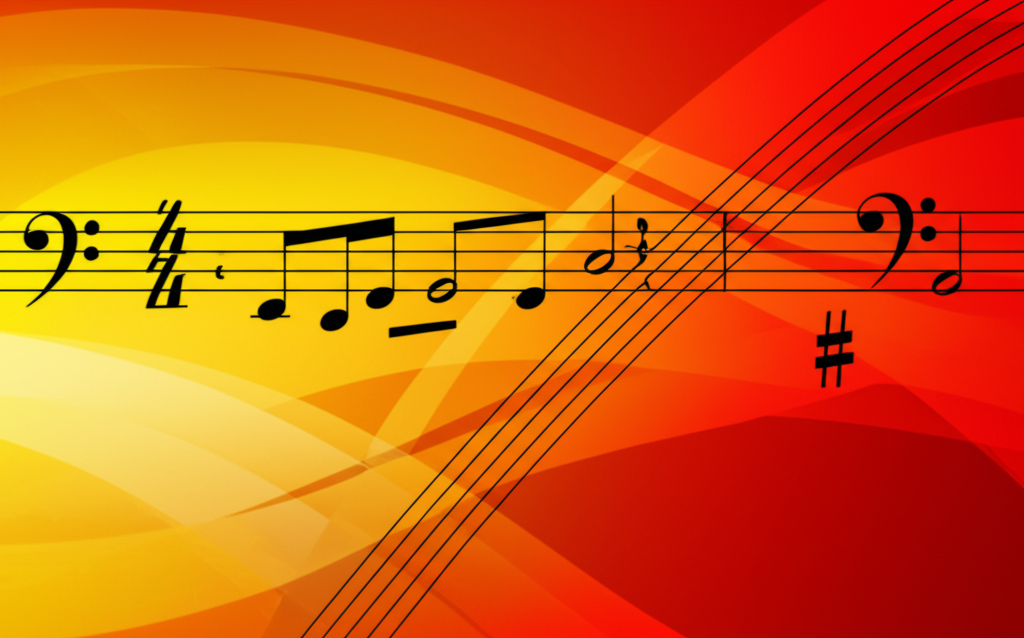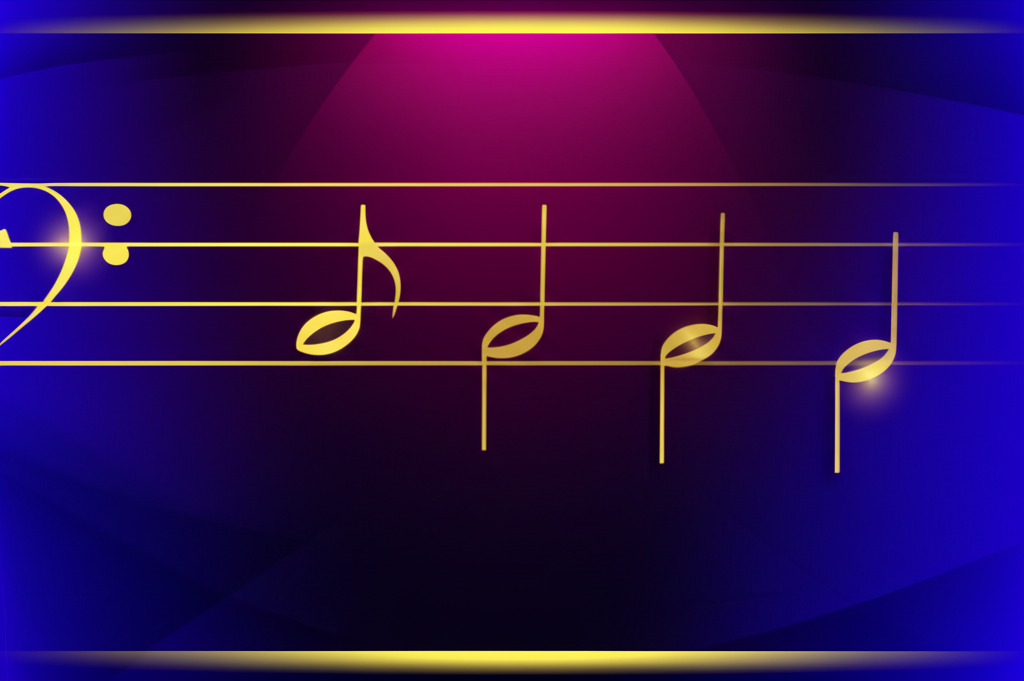
The Melodic Minor Scale: A Versatile Tool for Musicians

b4n1
May 17, 2025, 4:26 p.m.
The Melodic Minor Scale: A Versatile Tool for Musicians
Summary:
The melodic minor scale is a fascinating and versatile musical construct that modifies the natural minor scale by raising both the sixth and seventh degrees when ascending, but traditionally reverting to natural minor when descending. This unique characteristic gives it a distinctive sound that has been embraced across classical, jazz, and contemporary music, offering musicians a sophisticated tool for melody and harmony.
Keywords:
melodic minor scale, jazz minor scale, ascending melodic minor, modal jazz, classical harmony, altered scale, lydian dominant, minor scales, seventh modes
Introduction:
Among the rich palette of musical scales available to composers and performers, the melodic minor scale occupies a special place. With its asymmetrical ascending and descending forms, it bridges the gap between major and minor tonalities, offering a unique blend of expressiveness, tension, and resolution.
This scale emerged as an elegant solution to a musical challenge: how to create smooth, singable melodies in minor keys while maintaining the strong harmonic pull of the leading tone. The result was a scale that combines the emotional depth of minor tonality with the melodic fluidity of major scales.
In contemporary music, particularly jazz, the melodic minor scale has taken on new life, with its modes providing rich harmonic colors and sophisticated improvisational possibilities. From classical compositions to modern jazz arrangements, from film scores to fusion, the melodic minor scale continues to inspire musicians across genres.
Definition and Structure:
The melodic minor scale has traditionally been defined as having two forms: an ascending form and a descending form.
Ascending Form
The ascending melodic minor scale raises both the sixth and seventh degrees of the natural minor scale by a half step, creating this pattern of intervals:
Whole - Half - Whole - Whole - Whole - Whole - Half
In the key of A minor, the ascending melodic minor scale contains the notes:
A - B - C - D - E - F♯ - G♯ - A
Ascending Melodic Minor Scale
Descending Form
Traditionally, when descending, the melodic minor reverts to the natural minor scale, with the sixth and seventh degrees returning to their flattened forms:
A - G - F - E - D - C - B - A
Traditional Ascending and Descending Forms
Modern Usage
In contemporary music practice, particularly in jazz, the ascending form of the melodic minor scale is often used both ascending and descending. This is sometimes called the "jazz melodic minor" or simply "jazz minor scale." This modern approach provides consistency in both directions and forms the basis for many important harmonic concepts in jazz.
Jazz Melodic Minor (Both Directions)
Historical Development and Context:
Classical Origins
The melodic minor scale evolved during the Baroque and Classical periods as composers sought ways to create more satisfying melodic lines in minor keys. The raised sixth and seventh degrees provided smoother voice leading and stronger harmonic progression while maintaining the minor quality through the lowered third.
Evolution in Jazz
In the 20th century, jazz musicians began exploring the melodic minor scale's potential beyond its traditional use. The scale's distinctive sound and the rich harmonic possibilities of its modes became integral to modern jazz harmony and improvisation.
The Seven Modes of Melodic Minor:
Like the major scale, the melodic minor scale generates seven modes when starting on each of its degrees. These modes are particularly important in jazz theory and improvisation.
- 1st Mode: Melodic Minor (A B C D E F♯ G♯ A) - Also called Jazz Minor or Ascending Melodic Minor
- 2nd Mode: Dorian ♭2 (B C D E F♯ G♯ A B) - Also called Phrygian ♮6 or Javanese
- 3rd Mode: Lydian Augmented (C D E F♯ G♯ A B C) - Major scale with ♯4 and ♯5
- 4th Mode: Lydian Dominant (D E F♯ G♯ A B C D) - Also called Overtone Scale or Acoustic Scale
- 5th Mode: Mixolydian ♭6 (E F♯ G♯ A B C D E) - Also called Hindu or Aeolian Dominant
- 6th Mode: Locrian ♮2 (F♯ G♯ A B C D E F♯) - Also called Half-Diminished Scale
- 7th Mode: Altered Scale (G♯ A B C D E F♯ G♯) - Also called Super Locrian or Diminished Whole Tone
Practical Applications:
Classical Context
In classical music, the melodic minor scale is primarily used for:
- Creating smooth ascending melodic lines
- Avoiding the awkward augmented second of the harmonic minor scale
- Developing sophisticated melodic variations
- Creating tension and resolution in minor key compositions
Classical Style Melody
Jazz Applications
In jazz, the melodic minor scale and its modes are used for:
- Improvising over minor-major seventh chords (AmMaj7)
- Creating tension with the altered scale over dominant chords
- Using Lydian Dominant mode over dominant seventh chords
- Applying the half-diminished scale over m7♭5 chords
Jazz Style Phrase
Technical Examples and Practice Patterns:
Scale Exercises
Exercise 1: Basic Pattern
Exercise 2: Thirds Pattern
Instrument-Specific Applications
Piano
Recommended fingering for A melodic minor:
- Right hand ascending: 1-2-3-1-2-3-4-5
- Right hand descending: 5-4-3-2-1-3-2-1
- Left hand ascending: 5-4-3-2-1-3-2-1
- Left hand descending: 1-2-3-1-2-3-4-5
Guitar
Key positions for A melodic minor:
Position 1 (5th fret): e |---5---8-| b |---5---8-| g |---5-7---| d |---5-7---| a |---5-7---| E |---5---8-| Position 2 (8th fret): e |---8-10--| b |---8-10--| g |---7-9---| d |---7-10--| a |---5-8---| E |---5-8---|
Common Applications in Different Genres:
Classical Music
Examples of melodic minor usage in classical repertoire:
- Mozart's Piano Sonata in A minor, K. 310
- Chopin's Nocturnes
- Bach's Minor Key Inventions
- Beethoven's Pathétique Sonata
Jazz
Common jazz applications:
- Modal jazz compositions
- Complex harmony in modern jazz
- Bebop improvisation
- Contemporary jazz composition
Contemporary and Film Music
Modern uses of the melodic minor scale:
- Creating atmospheric textures
- Emotional transitions in film scoring
- Progressive rock solos
- Fusion and crossover styles
Practice Strategies:
Technical Development
- Practice slowly with a metronome
- Work on both traditional and jazz forms
- Practice in all twelve keys
- Combine with arpeggios and patterns
Improvisation Exercises
- Practice modal vamps using each mode
- Create melodic patterns using scale fragments
- Explore the connection with harmonic progressions
- Develop ear training with melodic minor sounds
Conclusion:
The melodic minor scale remains one of the most versatile and expressive tools in a musician's theoretical toolkit. From its origins as a practical solution for smooth melodic lines in minor keys to its modern applications in jazz harmony and beyond, this scale continues to offer rich possibilities for exploration.
Whether you're a classical musician seeking to master traditional repertoire, a jazz improviser looking to expand your harmonic vocabulary, or a composer searching for fresh colors, the melodic minor scale provides a sophisticated resource for musical expression.
References:
Levine, M. (1995). The Jazz Theory Book. Sher Music Co.
Nettles, B., & Graf, R. (1997). The Chord Scale Theory & Jazz Harmony. Advance Music.
Aldwell, E., & Schachter, C. (2018). Harmony and Voice Leading. Cengage Learning.
Baker, D. (1985). Jazz Improvisation. Alfred Music.
Liebman, D. (1991). A Chromatic Approach to Jazz Harmony and Melody. Advance Music.








